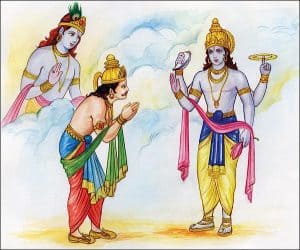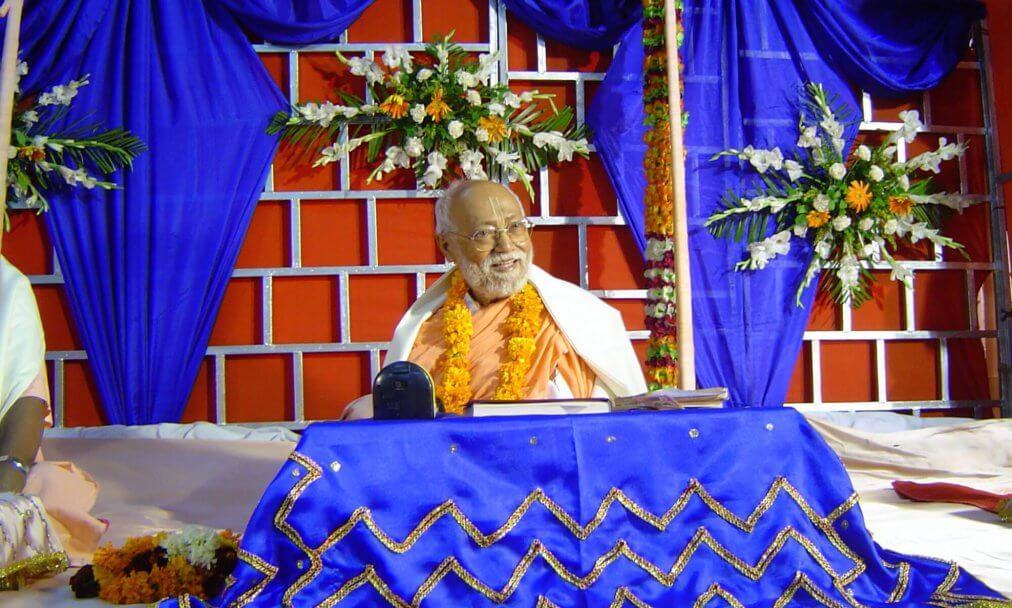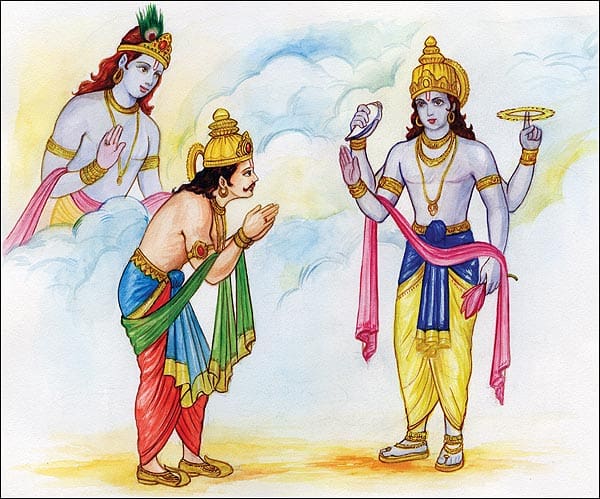The Vedic arya-sastras are divided into two sections:”smarta (literature based on smrti) and paramartha (transcendental literature based on sruti). Those who are eligible (adhikari) for the smarta section do not have any natural inclination or taste for the paramartha-sastras.
The thoughts, principles, activities and life goal of every human is constituted according to his respective ruci (inclination) . Generally, smartas accept those scriptures which are in accordance with their respective ruci. Having greater adhikara for smarta-sastra, they do not demonstrate much regard for paramarthika- sastra. Providence is the agent behind the creation of these two divisions. Therefore, undoubtedly the maintainer of the world must have a hidden purpose in having made such an arrangement.
As far as I understand, the purpose is that the jivas sequentially make progress in their level of consciousness by remaining steadfast in their respective adhikara. By deviating from one’s adhikara, one falls down. According to one’s activities, a person attains two types of adhikara:karmadhika ra and bhakti-adhikhara. As long as one maintains his karmadhikara, he derives benefit from the path shown by the smarta section. When he enters bhakti-adhikara, by transgressing the karmadhikara, then he develops a natural ruci (inclination) for the paramarthika, or transcendental, path. Therefore, providence has made these two divisions of sastra: smarta and paramartha.
Adhimasa (extra month), also called mala masa (impure month), is devoid of all auspicious activities
By dividing the whole year in twelve parts, the smarta-sastras have ascertained the auspicious, or religious, activities for these twelve months. All the karma, religious activities which are part of the varnasrama system when allotted to the twelve months, leave the extra month (adhimasa) devoid of any such activity. There is no religious performance in adhimasa. In order to keep lunar months and solar months in tally, one month has to be excluded every 32 months. The name of that month is adhimasa (extra month).* Smartas have discarded this extra month, considering it abominable. They gave it names such as mala masa (impure month), cora masa (thieving month), and so on.
From the perspective of paramartha-sastra, adhimasa is superior and advantageous for Hari-bhajana
On the other hand, the most worshipable paramartha-sastra acclaims adhimasa as the most outstanding month for transcendental activities. Since life in this world is temporary, it is not proper to spend any part of one’s life meaninglessly. It is imperative for the jiva to remain continuously engaged in hari-bhajana at every moment. Thus, the adhimasa, which comes every third year, may also become useful for hari-bhajana. This is indeed the deep meaning of paramartha-sastras. Even though karmis perceive this month to be devoid of all auspicious activities, for the deliverance of all the jivas, paramartha sastra, on the other hand, has ascertained that period as the most conducive for hari-bhajana. Paramartha sastra says, He jiva! During this adhimasa why should you remain lazy in hari-bhajana? Srimad Golokanatha Himself has ascertained that this month is the best of all. It is superior even to the greatly pious months of Karttika, Magha and Vaisakha. In this month, you should perform arcana of Sri Sri Radha-Krsna with special rules, or moods, for bhajana. You will thereby attain all types of perfection.
— Srila Bhakti Vinod Thakur.


